Outdoor Chenango: Tips for the best week in the Whitetail Woods
I am confident in saying the rut has begun. Last weekend I went to Watkins Glen to bow hunt on Saturday and in the afternoon I had a good buck follow a doe behind my stand.
He was grunting and locked in on following her wherever she went. Unfortunately, she got to 30 yards straight behind my stand and knew something was up. She turned around and he walked away with her.
In the leadup to the rut starting, bucks will break out their bachelor groups from the summer and will start to find their place in the hierarchy of the woods. In this phase, grunting and rattling can be extremely effective. The commotion of two bucks fighting can draw in deer from a distance.
When I want to rattle, I try to pick a stand that has a good amount of cover around it on the ground. This will force any deer coming in to the calling to have to come in close to try to see what is going on. If it is too open, the deer may hang up at a farther distance outside of your shot range. When rattling, only rattle for 30 to 60 seconds and keep your head on a swivel to look for approaching deer.
As does start to come into heat, bucks start cruising to find the first doe that is ready to be bred. If know have the does patterned, hunting the does can put you in position to harvest a buck who is searching for a hot doe. Hunting on the downwind side of a bedding area is often productive as bucks will walk this area trying to get the scent of a doe in heat. Another good location is the top of a ridge.
During the day, as the air on the hillside is heated, it rises to the ridgetop where bucks try to get the scent of does below. Evening sits looking over doe feeding areas can help catch bucks coming through to look for does. Another tactic that can bring bucks into range is to use a doe-in-heat scent. Drag a pad or wick saturated in the attractant behind you as you walk to your stand. As you approach your stand, plan on where you want the deer to walk as they follow the scent to give you a shot. I try to loop around some brush so that I can draw my bow while the deer are behind the brush. Hang the scent pad on a tree or bush where you have a clear shooting lane. Using a grunt tube and/or bleat call can also bring in bucks. Short, sharp grunts mimic those of a buck that is chasing a doe. Other bucks will come in to see if they can run off the buck and steal his doe.
Since the rut only occurs for a finite amount of time, bucks become overly active as they attempt to fight the clock and breed as many does as they can. This means that they will move during daylight hours, even in the middle of the day. If you talk to any well-seasoned deer hunter, you will often hear stories of shooting big bucks between 10 a.m. and 2 p.m. With the notion that deer can be moving at any time during the day, hunters should try to spend as much time in their stand as possible. Some hunters may choose to sleep in a little and head to their stand at 8 or 9 o’clock while others will try to stay in the stand from sunrise to sunset.
The downside to the rut is that activity can be almost nonexistent for hours and then the woods go crazy at the flip of a switch. Sitting in the stand for hours without seeing deer can demoralize a hunter and make them want to go home. Bringing a distraction to the stand can help in these slow times. Smartphones now are probably the most common distraction but their batteries only last so long. Having a battery pack to recharge the phone allows for longer use. Another option is a small electronic game. Some people will bring books but it can be easy to get too caught up in the book and forget to look around periodically for deer sneaking in.

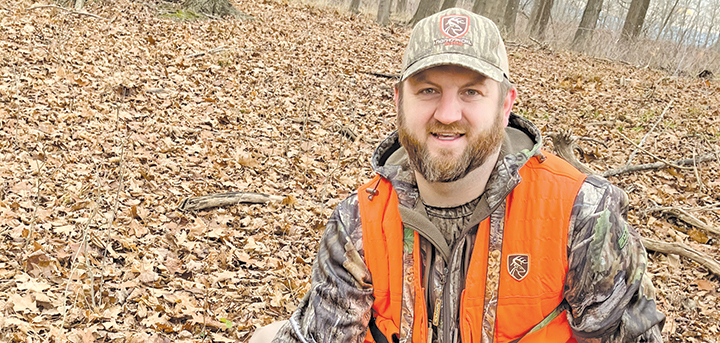

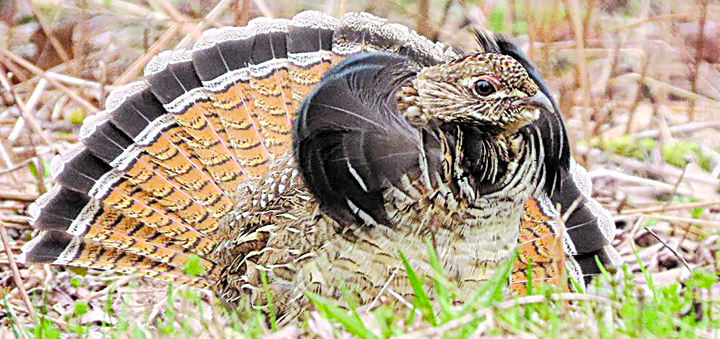
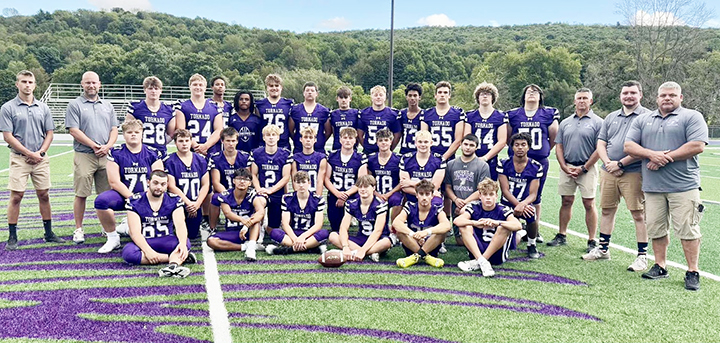
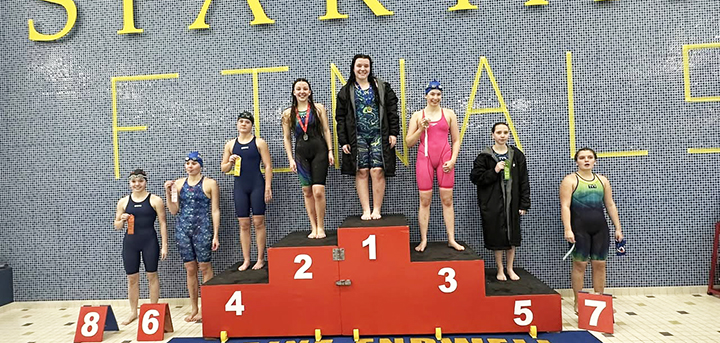
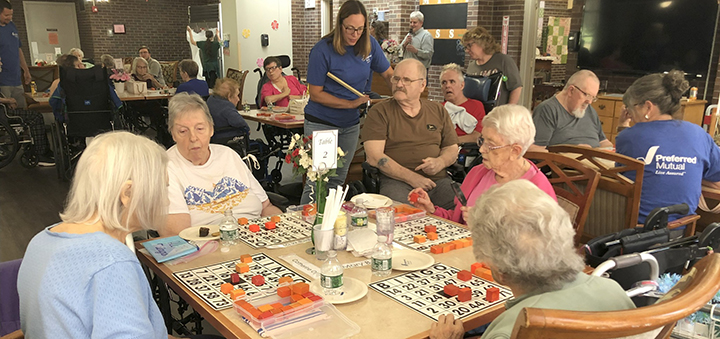
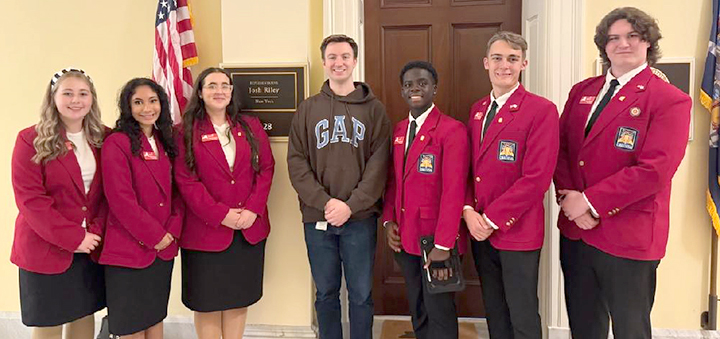

Comments